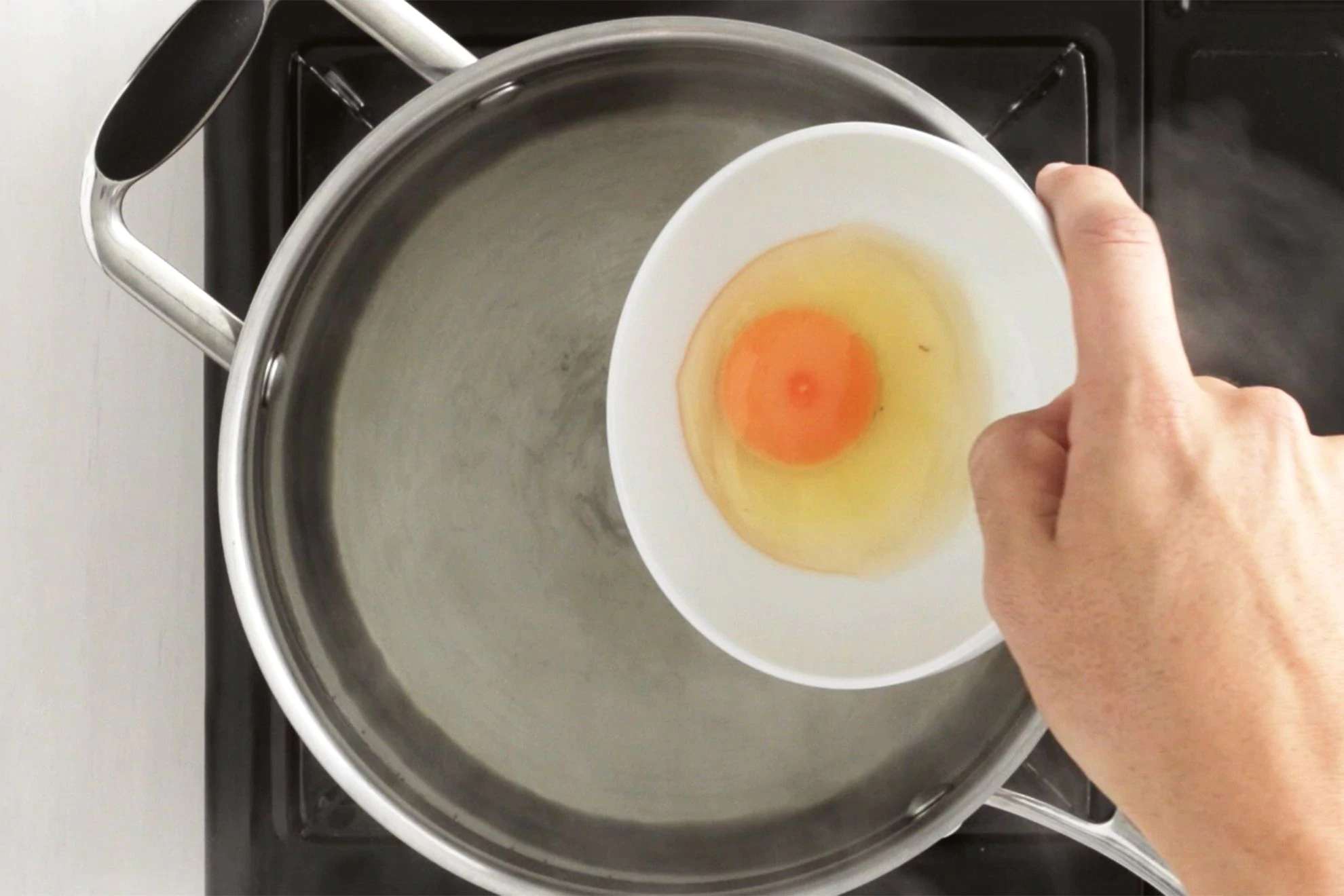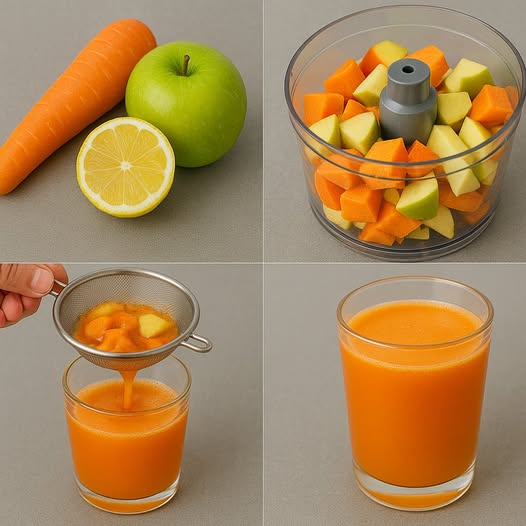
Poaching eggs can be tricky, but with this simple trick, you’ll get perfect poached eggs every time. This method, often passed down through generations, involves using a small container to help shape the egg before poaching. Here’s how to do it:
Ingredients
-
Fresh eggs
-
Water
-
1-2 tablespoons vinegar (optional)
-
Salt (optional)
Equipment
-
Small bowl or ramekin
-
Slotted spoon
-
Saucepan
Instructions
1. Prepare the Water
-
Fill the Saucepan: Fill a saucepan with about 3-4 inches of water. The water should be deep enough to fully submerge the eggs.
-
Heat the Water: Heat the water over medium heat until it reaches a gentle simmer. Small bubbles should form on the bottom of the pan, but the water should not be boiling.
-
Add Vinegar: Add 1-2 tablespoons of vinegar to the water. This helps the egg whites coagulate more quickly, resulting in a neater poached egg. Adding vinegar is optional but recommended.
2. Prepare the Eggs
-
Crack the Egg into a Bowl: Crack each egg into a small bowl or ramekin. This helps ensure the yolk stays intact and makes it easier to slide the egg into the water.
-
Check for Freshness: Fresh eggs will hold together better. If the egg whites spread out too much, it’s a sign that the egg is not very fresh.
3. Poach the Eggs
-
Create a Whirlpool (Optional): For a more compact poached egg, use a spoon to stir the water in the saucepan to create a gentle whirlpool. This helps the egg white wrap around the yolk more tightly.
-
Slide the Egg into the Water: Carefully slide the egg from the bowl into the center of the whirlpool or directly into the simmering water if not using the whirlpool method.
-
Poach the Egg: Let the egg cook undisturbed for about 3-4 minutes, or until the whites are set and the yolk is done to your liking. For a runny yolk, aim for 3 minutes; for a firmer yolk, cook for 4-5 minutes.
-
Remove the Egg: Use a slotted spoon to gently lift the poached egg out of the water. Allow any excess water to drain off.
4. Serve the Eggs
-
Pat Dry: Place the poached egg on a paper towel to remove any excess water.
-
Season: Season with salt and pepper to taste.
Tips for Perfect Poached Eggs
-
Use Fresh Eggs: The fresher the egg, the better it will hold its shape during poaching.
-
Vinegar: Adding vinegar helps the egg whites coagulate quickly, preventing them from spreading out too much.
-
Gentle Simmer: Keep the water at a gentle simmer to avoid breaking the egg apart.
-
Small Container: Using a small bowl or ramekin to crack the egg into first helps ensure the egg enters the water gently and with minimal disruption.
Variations and Serving Suggestions
-
Classic Eggs Benedict: Serve poached eggs on toasted English muffins with ham or smoked salmon and hollandaise sauce.
-
Avocado Toast: Top avocado toast with a poached egg and a sprinkle of red pepper flakes.
-
Salads: Add a poached egg to a fresh green salad for added protein and richness.
-
Grains: Serve poached eggs over rice, quinoa, or polenta for a hearty meal.
Conclusion
Poaching eggs doesn’t have to be a daunting task. With this old nanny’s skill, you can achieve perfect poached eggs every time. By using a small bowl to prep the eggs and adding a bit of vinegar to the water, your poached eggs will come out beautifully shaped and delicious. Enjoy your perfectly poached eggs in a variety of dishes for a nutritious and satisfying meal.




